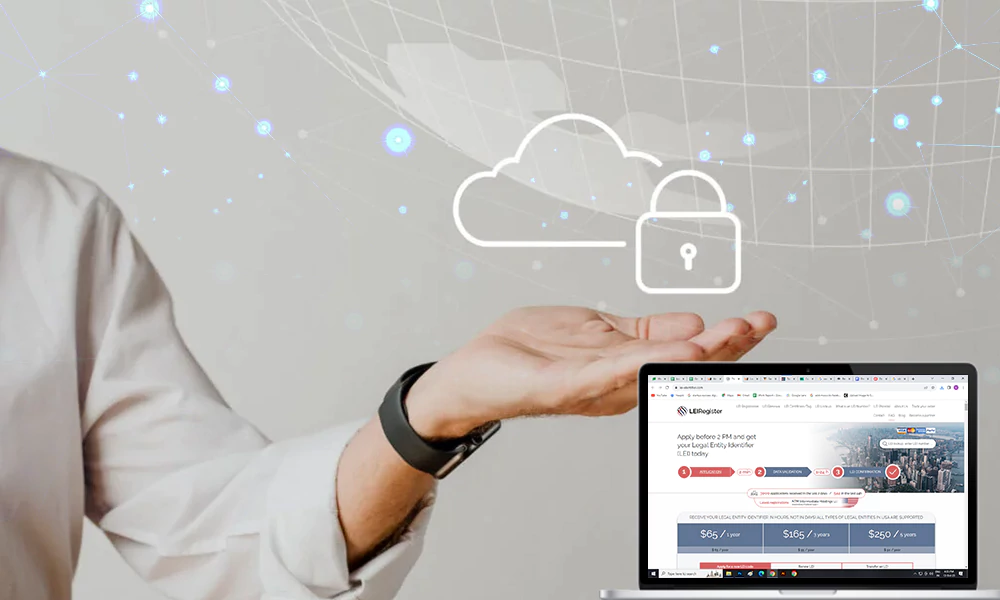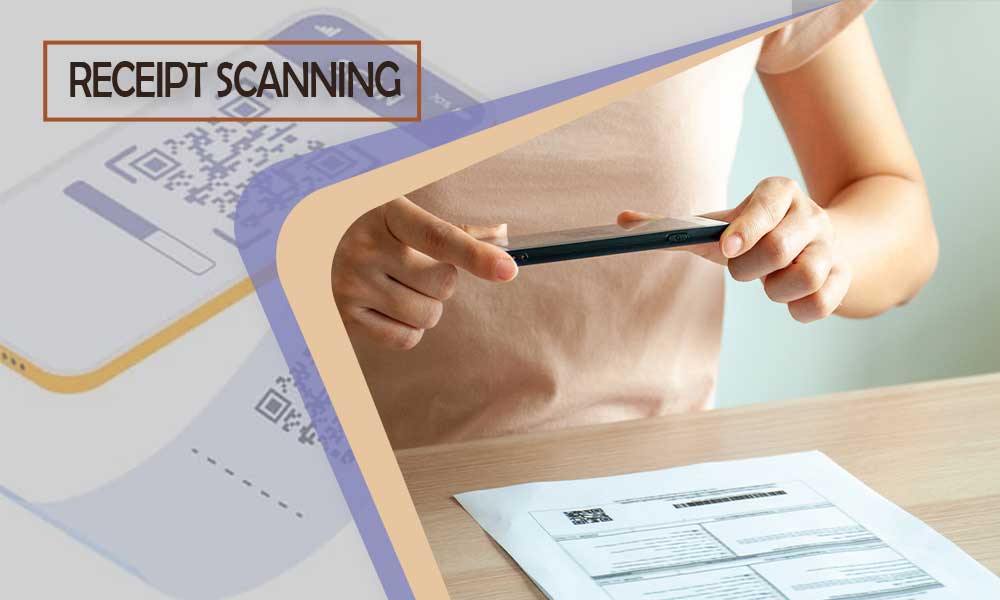How to Obtain an LEI: A Step-by-Step Guide

Modern business transactions between entities are very expensive and involve significant financial outlays due to technological advancements. As a result, businesses and financial institutions are exposed to a lot of risk. Due to the global financial crisis of 2007–2008, transparency in financial transactions is now required.
A large number of businesses engaged in window dressing and further masked the debt that the company had already incurred in order to raise additional funds and draw investors. This did, in fact, lead to a catastrophe. The need for a system like the Legal Entity Identifier system was ultimately driven by these incidents.
As LEI admin management offers economic security in corporate sectors and enhance the overall financial stability. In this blog post, we will go into great detail about what an LEI is and how to get one.
What is a Legal Entity Identifier?
The International Organization for Standardization (ISO) 17443 standard is the foundation for the 20 unique character long legal identity identifiers.
Important information about the parties to a financial transaction can be easily referred to again thanks to the Legal Entity Identifier (LEI).
Its information, which covers the ownership structure and other relevant details about the parties involved, acts as a global directory and a source of the much-needed transparency for the benefit of everyone who is still alive.
Structure of the LEI Code
The LEI code does not contain any embedded intelligence or country codes that might cause users to become perplexed or overwhelmed.

It is based on four basic ideas:
- It serves as a universal standard.
- Each legal entity is given a single, distinctive identifier.
- Everyone can access it for free, and it is publicly available.
- It is backed up by highly reliable data.
The LEI code has a 20-character length and is structured as follows:
- Characters 1-4 are unique to each LOU (Local Operating Unit) and are applied by the ROC Secretariat.
- Reserved characters (00) are characters 5 and 6.
- Characters 7 through 18 make up a 12-character reference that is given to a specific entity by the LOU based on fair and sensible allocation procedures.
- Under ISO 17442, characters 19 and 20 are two check digits.
How Does One Obtain an LEI
The LEI code can be obtained by performing the following steps:
- Log in to the online portal and navigate to the “Download” tab. Based on the legal structure of entry, a checklist for the documents and their specific formats required for submission is available here.
- Self-registration on the online portal: A person must be designated as the authorized person to review and carry out the process of obtaining the LEI Code. A person may be appointed through a resolution, power of attorney, or voluntarily. Only this authorized user has the ability to create an account by providing his official email address and then filling out the online form. Authorized individuals include the following:
- The primary/main user is the one who fills out the online application form. – Authorised User
- Name and email address of the authorized officials listed in the online form
- Secondary User- The name and email address of the secondary authorized officials listed in the online form
- The LEI registration form has a total of 5 pages, including the payment gateway.
- Company Information Page: This page contains all of the company’s basic information.
- Holding Company Page (Direct Parent Information Page): Details of the parent company are to be filled in here.
- Unload Page: The necessary documents have been uploaded. Once the form is filled out, the payment page offers the option to either make the payment online immediately or to choose the option of a demand draft.
If any of the online payment options are chosen, following which the “Save and Submit” option is selected, once payment is received by the Legal Entity Identifier Limited (LEIL), a reference number is generated, which becomes key in any future communication between the parties.
In addition to the reference number, an email is also sent detailing the list of documents to be submitted to the LEIL. If the demand draft option is selected , following which the “Save and Submit” option is selected, the reference number and email are generated immediately
- Submission of the documents: The applicant entity will have to upload all the necessary documents mentioned in the email. The total size of the uploaded documents should be 40MB
- Verification Process: Once the documents are uploaded or sent in physically, they will be verified by the LEIL along with the application form. If necessary, the LEIL may ask for additional documents as well. The applicant entity may also be directed to make changes in the application form online by the LEIL
- Issue of the LEI Code: The LEI code will be issued upon successful submission and verification of the form and related documents. The LEI code will be sent in an email to the entity, and this code must be provided by the banks.

Conclusion
For organizations involved in international financial activities, obtaining it is necessary. It encourages openness, responsibility, and adherence to international financial rules. Although it might seem difficult at first, breaking the process down into these essential steps makes it much simpler.
Understanding its significance, choosing an LOU, compiling precise information, applying, and patiently awaiting verification and issuance are all steps in the journey.
As a result, it is more than just a requirement; it represents an investment in the organization’s financial future and ensures seamless participation in the global economy. Entities are well-prepared to obtain their numbers and open the doors to global financial transactions after reading this comprehensive guide.






